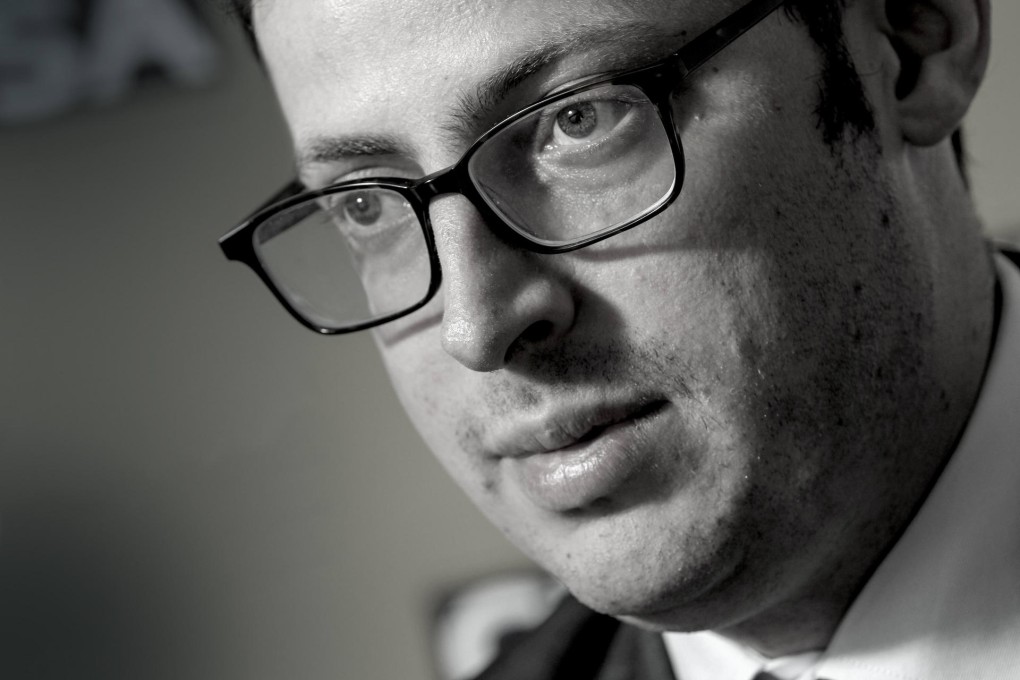Pneumatically numerate
Nate Silver rides roughshod over anyone with lazy opinions or bad analysis. It's a lesson for business and, indeed, life, writes Jasper Moiseiwitsch

Nate Silver's fame took off during the 2012 United States presidential elections when he predicted the outcome of voting in all 50 states. It was a stellar record given that big elections involve a lot of moving parts, such as voter turnout and last-minute political surprises, and because the polling underpinning such analysis is notoriously unreliable, with data routinely showing radically different results.
Silver comes from a political family. His mother, Sally, was a community activist, and his father was chair of the political science department at Michigan State University. But he is drawn to politics because the analysis is so woolly and partisan. Politicians and their handlers are in the business of "reality distortion", as Silver puts it, and too often journalists get co-opted into that process. It is the perfect arena for a clear-headed statistician who has no other agenda but accuracy, to make an impact.
"Pundits can be completely wrong forecast after forecast, spouting BS and still get invited back to the talk shows every week," said Silver while in Hong Kong for the CLSA Investor Forum. "My approach calls for more accountability. It's more scientific … I wish journalism were more enamoured of the scientific method and not what are very odd constructs about journalistic objectivity."
Silver wrote political analysis for The New York Times and, unsurprisingly, his disdain for traditional journalism annoyed some. When he ended his relationship with the paper in July, the public editor wrote in a column that "a number of traditional and well-respected Times journalists disliked his work". She added: "I don't think Nate Silver ever really fit into The Times culture and I think he was aware of that. He was, in a word, disruptive."
Silver for his part says some of his less numerate peers at The Times were quietly undermining, perhaps because they resented his ability to draw a wide readership and capture so many column inches of the paper.
"Journalists have strong views and opinions on the world. But also are by and large not Type A personalities. They are very good observers, so that can lead to more of a passive-aggressive environment," said Silver.